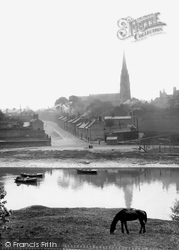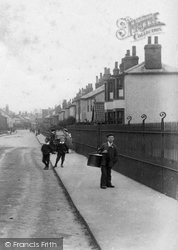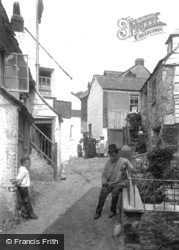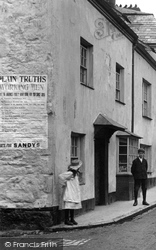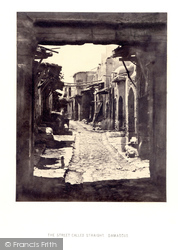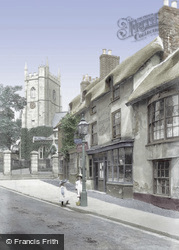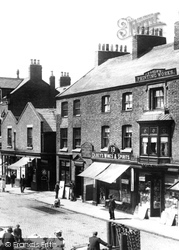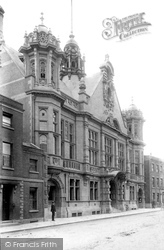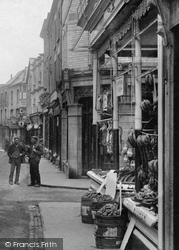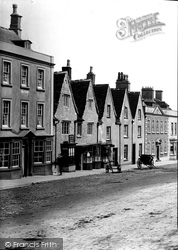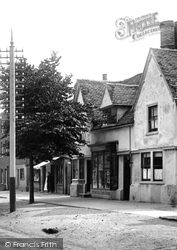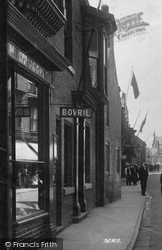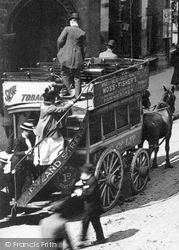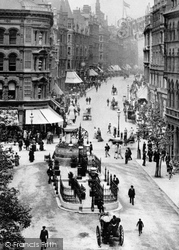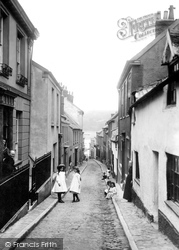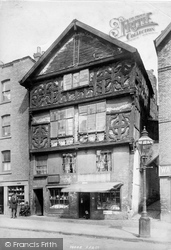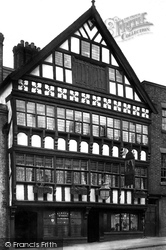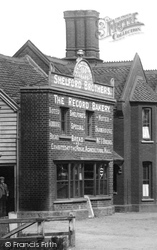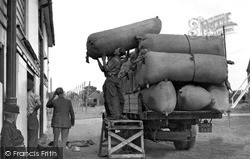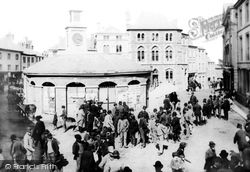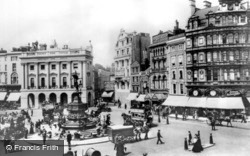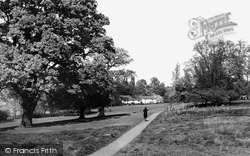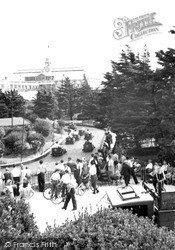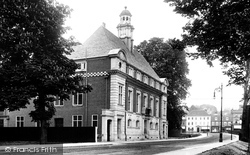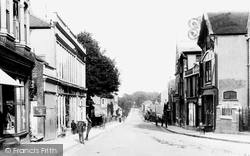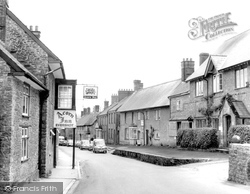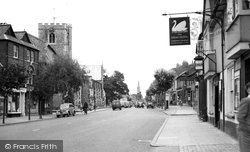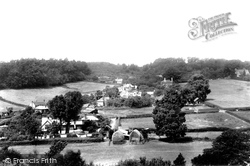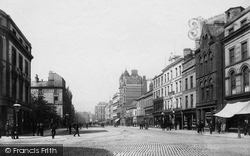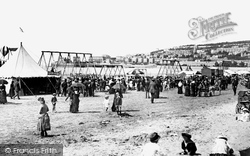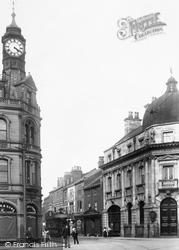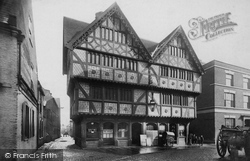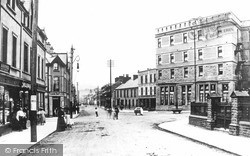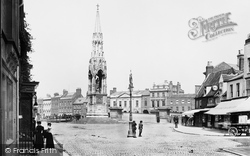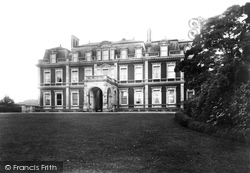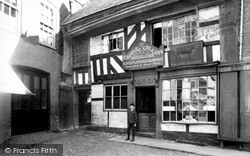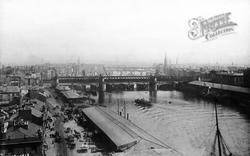Places
36 places found.
Did you mean: street or streetly ?
Those places high-lighted have photos. All locations may have maps, books and memories.
- Heathfield, Sussex (near Cade Street)
- Street, Somerset
- Chester-Le-Street, Durham
- Adwick Le Street, Yorkshire
- Scotch Street, County Armagh
- Friday Street, Surrey
- Potter Street, Essex
- Boughton Street, Kent
- Newgate Street, Hertfordshire
- Streetly, West Midlands
- Shalmsford Street, Kent
- Green Street Green, Greater London
- Boreham Street, Sussex
- Park Street, Hertfordshire
- Cade Street, Sussex
- Appleton-le-Street, Yorkshire
- Hare Street, Hertfordshire (near Buntingford)
- Romney Street, Kent
- Trimley Lower Street, Suffolk
- Streetly End, Cambridgeshire
- Hare Street, Hertfordshire (near Stevenage)
- Brandish Street, Somerset
- Colney Street, Hertfordshire
- Langley Street, Norfolk
- Silver Street, Somerset (near Street)
- Street, Yorkshire (near Glaisdale)
- Street, Lancashire
- Street, Devon
- Street, Cumbria (near Orton)
- Street, Somerset (near Chard)
- Bird Street, Suffolk
- Black Street, Suffolk
- Ash Street, Suffolk
- Broad Street, Wiltshire
- Brome Street, Suffolk
- Penn Street, Buckinghamshire
Photos
3,112 photos found. Showing results 21 to 40.
Maps
Sorry, no maps were found that related to your search.
Books
2 books found. Showing results 25 to 2.
Memories
Sorry, no memories were found that related to your search.
Captions
54 captions found. Showing results 25 to 48.
Regency society eventually found lodgings in the High Street to be too modest for their social requirements.
These two photographs of the village High Street give some indication of the constantly-flowing stream of traffic which passes the small, half-timbered Black Horse pub with its adjacent wine merchant
The oval Butter Market was designed by George Wightwick, who simultaneously designed the Lower Market House, which still stands in Market Street and is now an arcade.
This famous junction was once known as Regent Circus and developed out of Nash’s elegant modelling of Regent Street.
This row of three cottages is in Church Street. They are set slightly below road level, and are reached by steps down. The thatch remains in excellent condition, and so do the porches.
There were cottages in Bulls Cross Lane (now Bulls Cross), and there were two small settlements in Whitewebbs Lane-Romey Street (at the Bulls Cross End) and Whitewebbs proper (near the King and
Pier Hill can be seen rising behind the foreshore buildings with the High Street stretching north from The Royal Hotel.
The other two buildings went when Crendon Street was rebuilt and widened in the 1930s.
This view captures some of the domestic feel of the lower High Street beyond the shops nearer Market Square.
Wimborne Street c1955 Thomas Hardy writes of a journey into Cranborne in ‘Tess of the D’Urbervilles’, where the present Fleur-de-Lys tavern is depicted as the much less salubrious ‘Flower-de-Luce
The south side of the High Street was higher and drier, and it was here that the wealthier properties of the medieval town were to be found.
Graffham is known in the area for its long, winding main street.
The far, tall building marks Bridge Street, the spot where the first bridge upstream was located.
On the left, the tea tent was run by the Castle Coffee House, based in Castle Street. To the right is a small shed advertising portraits 'painted and finished while you wait'.
This is the junction of St Sepulchre Gate and the High Street. It was down Baxtergate that Freeman, Hardy and Willis had their branch.
In South Street, Shodfriars Hall is an echo of the four friaries established in the medieval town.
A century on, the view of Church Hill in Marlborough Street is still easily recognisable, despite the two great complexes built on each side of the road, the Lloyds TSB Training Centre on the left and
Whether arriving from the harbour or the Glenarm Road, this was the first view of the aptly named Main Street.
Whilst the High Street is a shadow of its former self, the Rose & Crown Hotel, located at the junction with the Market Place, is enjoying somewhat of a renaissance, with its current owners investing
The second Lord Rothschild was an enthusiastic, if eccentric, collector of birds and animals and established the nearby Zoological Museum in Akeman Street, which he bequeathed to the British Museum
Close to the road, the solid but impressive ashlar tower dominates the immediate street scene with its substantial angled buttresses and crocketted finials; these are not 15th-century, but were added
However, that King Charles House is round the corner on New Street. But it does bear the same date - 1577 - so perhaps both were part of the same building.
Classes (confined to the arts faculty) were originally conducted in the cathedral crypt, but within two years had moved to a separate building on the east side of the High Street.
In the main street, for example, many of the shop frontages were developed in the last century with little regard to their history.
Places (385)
Photos (3112)
Memories (0)
Books (2)
Maps (0)


